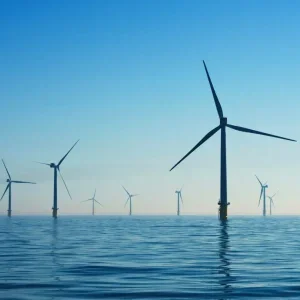Bloomberg New Energy Finance is predicting that China’s power system, the world’s largest, will face serious challenges in the next few years caused by overcapacity, and has created a predictive tool, the ‘China Renewable Curtailment and Coal Stranded Assets Risk Map’. Since the year 2000, spurred by rapid power demand growth, generous subsidies, and regional industrial competition, China, says BNEF, has over invested in new generation capacity. By the end of 2016, the national power market was oversupplied by 35%.
Power generators, both renewable and coal, will experience increasing competition for dispatch. Renewable power generators face the worst curtailment rates in the world, with the national average curtailment ratio in 2016 at 17% for wind and 10% for solar. Coal power generators are entering an unprecedented period of uncertainty as regulators tighten environmental regulations and cancel new projects.
With the support of ClimateWorks Foundation, BNEF created the Map to provide forward looking transparency on the metrics that are used by central regulators governing this market transformation. Its data-driven tool portrays cross-sector, province-level dynamics of China’s power sector challenges during the 13th five-year plan period (2016-20). It provides insights into China’s challenge in managing its power generation system in the next few years, addressing questions such as:
Will low-carbon renewable generation achieve priority dispatch over coal-fired power, as the market moves towards an economic driven merit-order? Or will wind and solar assets face economic hardship as curtailment continues even as subsidies decline? As the penetration of renewable energy further increases and a more liberalised power market design is implemented, what will the impact be on China’s
BNEF’s key findings include:
Curtailment will decline nationally, but it may emerge in southern provinces
The highest coal risk regions see little improvement in conditions
Long distance transmission and power market reforms are crucial for reducing renewable curtailment risk
There are no provinces in China where new coal generation capacity is needed
China still building over 50 GW of wind and solar in high curtailment risk regions
China faces a potential hit of $237 billion from at-risk coal assets.






